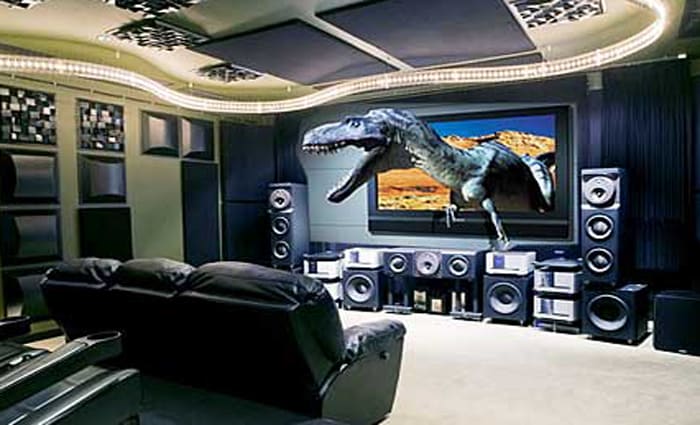How will urbanisation and technology affect living rooms of the future? Ged Rockliff
GUEST OBSERVER
Mega-trends such as urbanisation and technology are set to have a profound effect on our basic living habits and homes.
In this instalment of our ‘Homes of the Future’ series, we look into how our living rooms will need to adapt for the future.
The look and feel of the space
With increasing urban populations, the spaces that we live in may become increasingly smaller.
The design of the space may change, shifting to designs with less clutter and visual noise. Theo Richardson, an industrial designer and co-founder of Rich Brilliant Willing, believes we will see simpler lines, bold forms and bold solid colours.
Business Leader at IKEA Eja Tuominen explains that people want to slow down and relax, and therefore are focusing on living areas around the themes of growing, creation, harmony and compact living, ensuring calm spaces are present as part of the design.
Multi-functionalism
Other changes we expect to see will be furniture that is more transformable and multi-functional. Future furniture should have integrated technology to make it more responsive both ergonomically and via bio-feedback. For example, a couch may adjust configuration depending on whether there are guests present or if you are relaxing by yourself.
Technology and entertainment
Looking at the future of living rooms, whilst the basic functions will remain the same, the increasing role of technology will change our traditional modes of communication and entertainment. For example, instead of sitting and chatting with friends in person or over the phone, you may instead be speaking to them via hologram. Instead of watching television or playing console games, you may be involved in virtual reality experiences.
Imagine a living room with complete integration between appliances and architecture. At the Consumer Electronics Show, Sony explored a conceptual living room where a mirror became a touchscreen panel, syncing to the wall which transformed into a giant screen, with overhead lighting that projected films.
Immersive entertainment experiences are already being investigated by many brands, including Microsoft Research’s IllumiRoom video which brings to life the potential of film and game projections coming out of the TV, and Xbox One’s enhanced Kinnect sensor allowing participatory fitness and leisure products with personalised coaching in the home.
Another enhancement we may see in the near future is adding a fourth dimension (motion) to home entertainment – allowing our furniture to move and vibrate in conjunction with our entertainment to allow for a more immersive experience.
Ged Rockliff is the Head of Residential, Savills, and can be contacted here.
